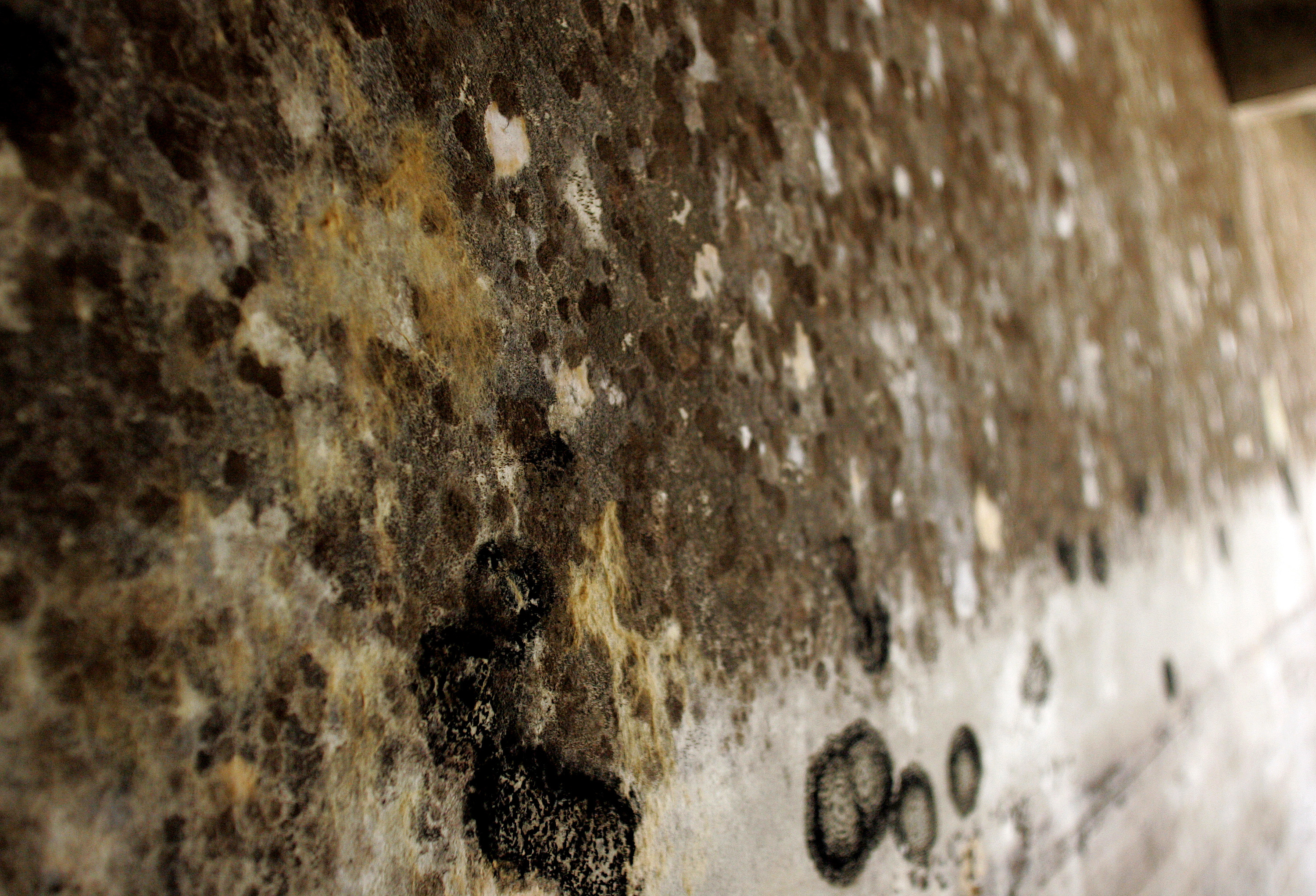Because molds are naturally taking place in the environment and remains, in fact, common in the biosphere, how and when should we consider its existence as harmful? Well, it is understood that mold spores are present in the work environment and family dust. While that in itself is not a cause for instant medical issue, it has also been learned that an unusually high level of mold spores in the air we breath can catalyze a myriad of medical conditions that call for severe attention not on the health hazard alone, however on the mold spores itself. That is to say, it is not the resulting illness alone that must be controlled, however the expansion itself of the mold spores. Get redirected here to know how to eliminate mold spore.
A vast array of medical conditions is connected to a high level of direct exposure to airborne mold spores.
It is worth noting that specific groups of people, most notably babies, young children, the senior, and those with a weak immune system are more prone to suffering from illness connected with direct exposure to molds. But members of the general population can also be impacted with conditions such as headache, dizziness, skin rashes, memory problems, IBS (Irritable Bowel Syndrome), coughing and sneezing, chronic fatigue, failure to consume, body immune system suppression, nose and throat inflammation, along with burning, watery, and reddened eyes. Mood swings, along with the inability to believe, focus, and concentrate are also a few of the effects that can be had from inhaling airborne mold.
/MoldonWall-5adf4a25c5542e00369cfe7d.jpg)
While outside air does not generally cause a hazardous level of exposure to mold spores, both the air in the workplace and your home can be a breeding ground for a high level of mold spore concentration. There are a lot of aspects that cause this irregular scenario. A relatively high air humidity is one amongst them. Another natural occurrence that is known to catalyze the fast proliferation of mold spores is heavy flooding in a location. It has been found out that homes and structures that suffered the ravages of flooding also has an increased mold development in its area. Under regular conditions, however, an increased level of mold growth has likewise been observed. Airtight homes and buildings, for instance, support mold growth due to an increased level of humidity. Using cheap building products in buildings, such as drywall, also promotes quick mold development. The reason for this is that this kind of product has poor drying capacities resulting in wetness problems. This in effect renders the structure conducive to fast mold growth.
This wide variety of mold-growth causing scenarios requires house owners and structure supervisors alike to execute a technique for managing mold development. It may take standard procedures such as guaranteeing the proper functioning of heating and air-conditioning systems. In other instances, help from people trained in managing mold growth issues will be needed. Whatever technique is used, it needs to be put in mind that taking and acting upon the necessary precautions concerning this issue will indicate security and peace of mind that comes from knowing that the air we breath is free from disease triggering pollutants such as mold spores. Get More Info here https://moldinspectiontallahassee.net/ for more mold services.
